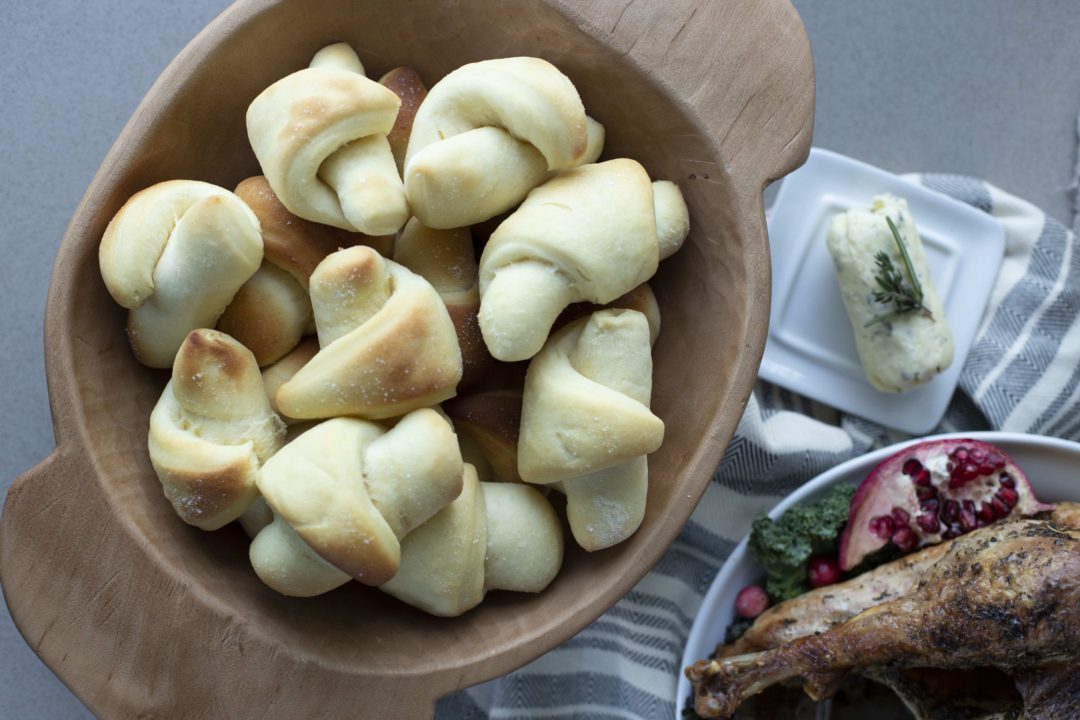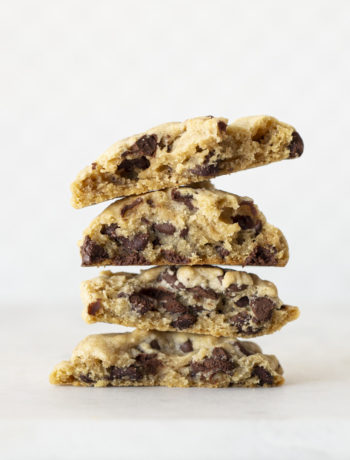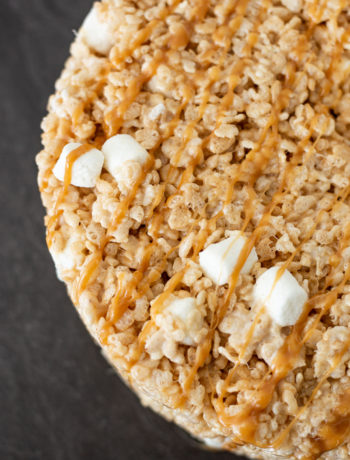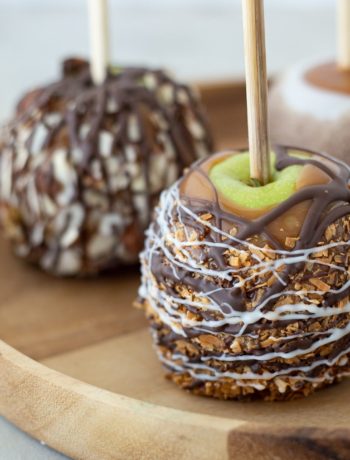It’s not thanksgiving until bread is involved! Our preferred form of bread is rolls.
If you’ve never made bread before, rolls are a great place to start. They are forgiving and delicious just about any way they’re made. Here are a few tips for rolling up great success!
Yeast
When it comes to bread, the number one mistake is using yeast that is no longer active. For this reason, we suggest activating the yeast prior to adding flour. To do this, you combine warm water with yeast and sugar or honey. The sugar will feed the yeast and it will begin to produce bubbles. Leave the mixture for ten minutes. If there are no bubbles – your yeast is not working. It is either old yeast or your water was too warm. Start over with new yeast. The top surface should be frothy before you add your flour.
Flour
The next common mistake is adding too much flour to your dough. This results in heavy and dry rolls. Most recipes should remain slightly tacky. Read your specific directions to gauge how much flour to add. But know this – if your rolls/bread seem too dense, you are adding too much flour.
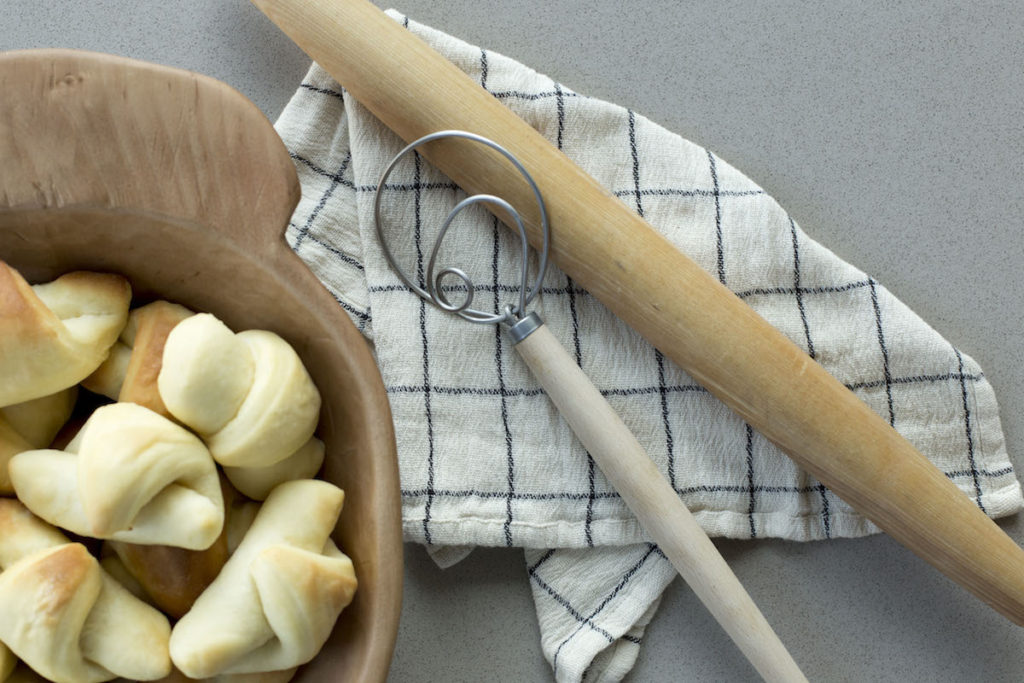
We recommend using a Danish Dough Whisk when you’re adding your flour. The stiff tines cut through the dough with ease, allowing you to easily mix the dough without adding too much flour.
Proofing
The next problem to troubleshoot is keeping your dough warm enough to properly proof. Yeast needs to stay warm, so keep your dough in a warm location. If your kitchen is warm, keep it in the kitchen. If you have stone/granite counters, place a thick towel under the bowl to insulate it. You can also use the heat from your oven light. Or even on top of your dryer, if you happen to be using that.
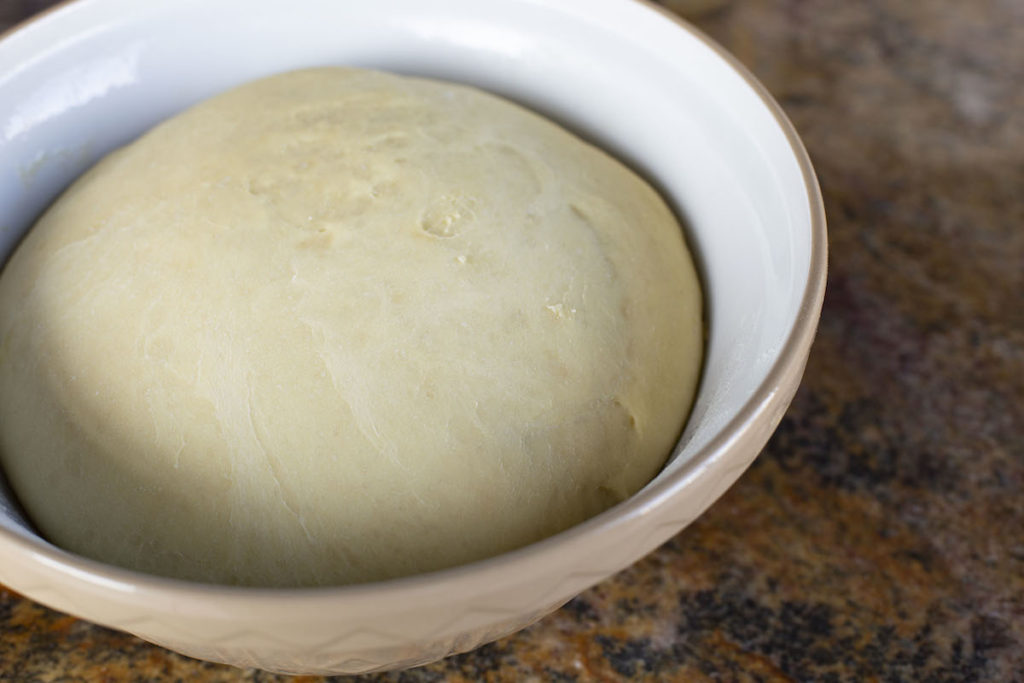
We also recommend covering the dough with a flour sack towel to keep the surface from becoming crusty and dried out. It protects the dough from drafts and air. And curious little fingers.
Baking
Now baking your rolls! Follow the recipe’s specific directions for baking instructions. We prefer baking on our half size sheet pans lined with sheets of parchment paper. This keep the rolls from sticking to the pan!
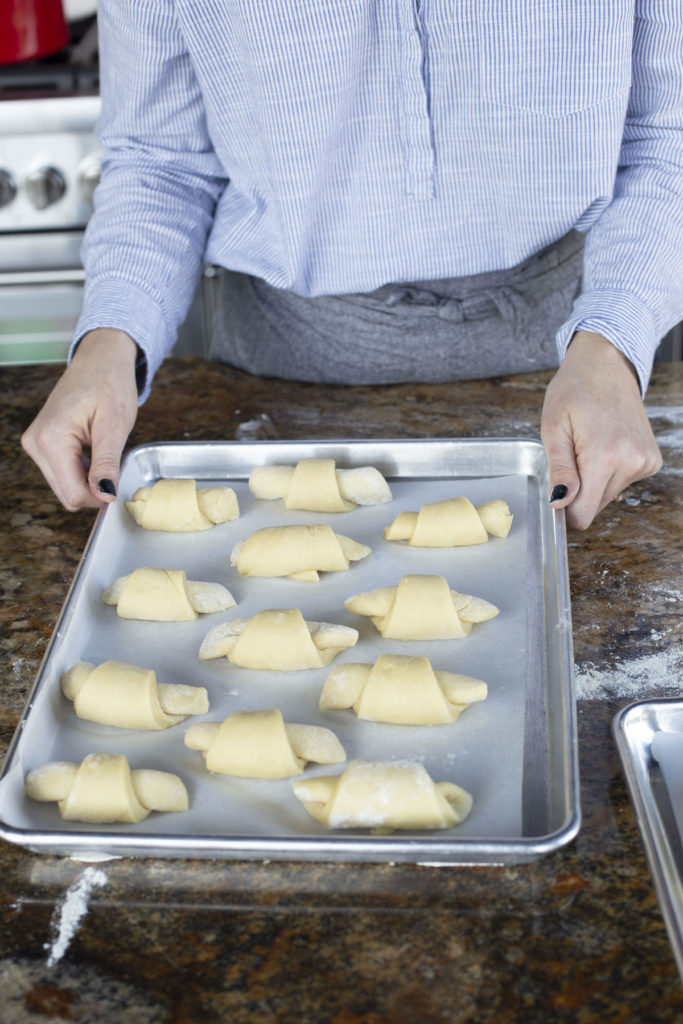
Finishing
Last, finish off your rolls with a brush of melted butter and sprinkling of good kosher or sea salt. Yum.
Prepping Rolls in Advance
Nothing beats freshly made bread. But it can be tricky to prep your rolls on Thanksgiving day. With limited time and oven space, it is nice to have your rolls made in advance.
One option is to make your rolls the day before, but remove them from the oven 2-3 minutes early. Store in plastic bags overnight. Then right before you eat, heat in the oven for few minutes to finish the baking and heat the rolls without drying them out.
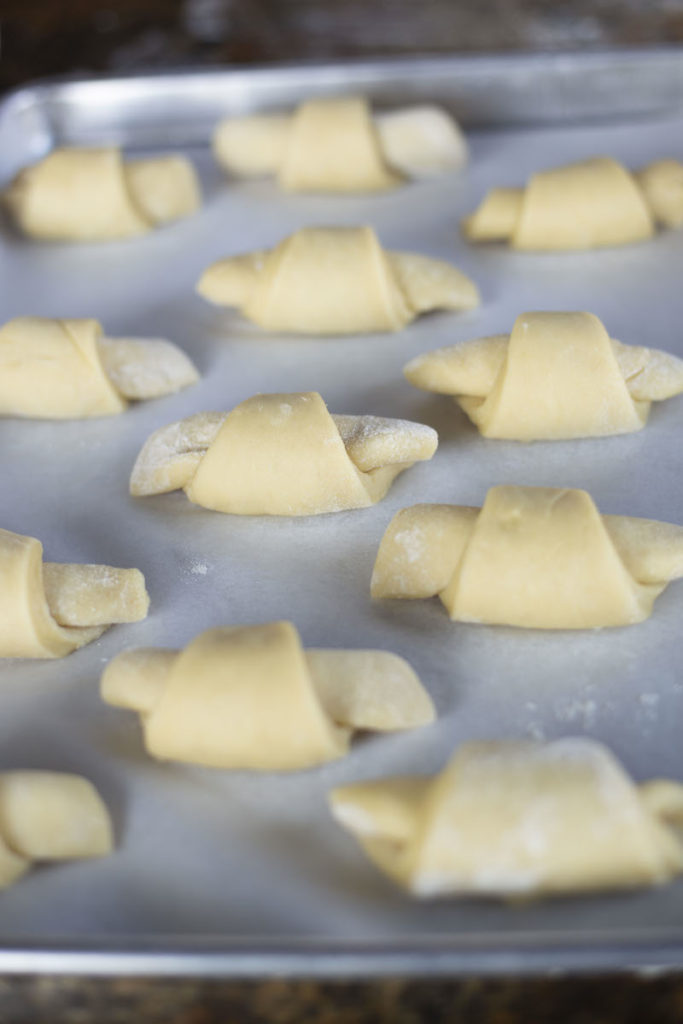
Another option is to make the roll dough in advance and freeze. You’ll form the rolls and place them on a sheet pan. Freeze them before they rise the second time. On Thanksgiving, pull them out of the freezer 4 hours before dinner time. Cover with a flour sack towel to defrost and rise. When risen, bake following recipe directions.
Recipes
There are many ways to make great rolls. We suggest sticking to one recipe until you get it figured out. Bread dough has quirks to learn. If you’ll stick with one recipe while you’re learning, you’ll find success much sooner.
We have always had great success making these crescent dinner rolls. We have tweaked and adjusted and have really come to love this recipe.
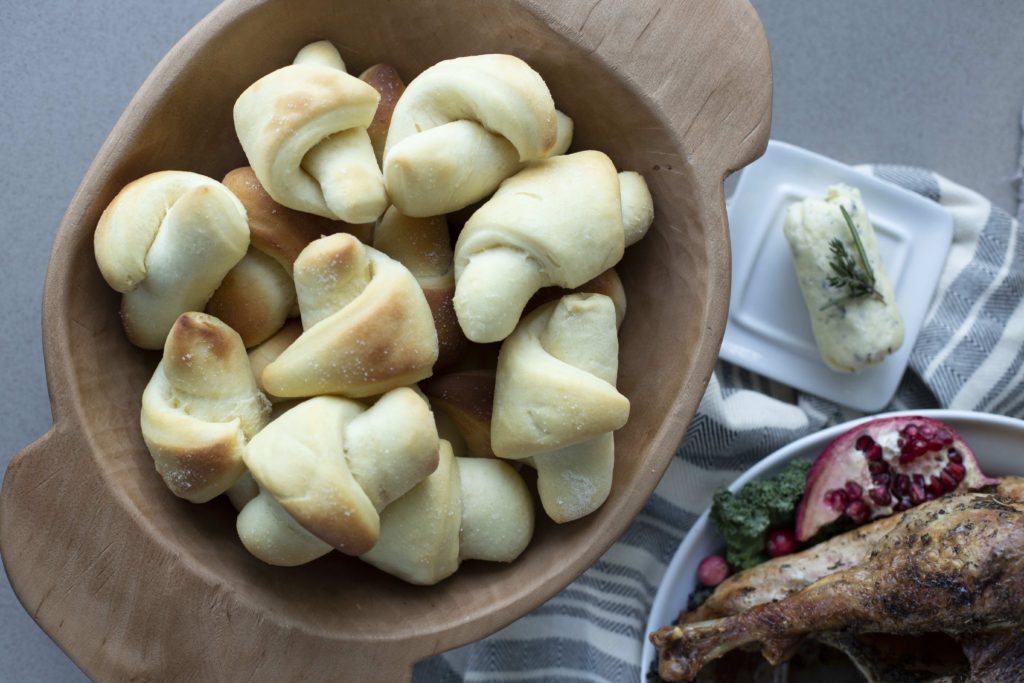
We also love this Utah classic from A Bountiful Kitchen. She has a great recipe and tutorial for creating Lion House Rolls.
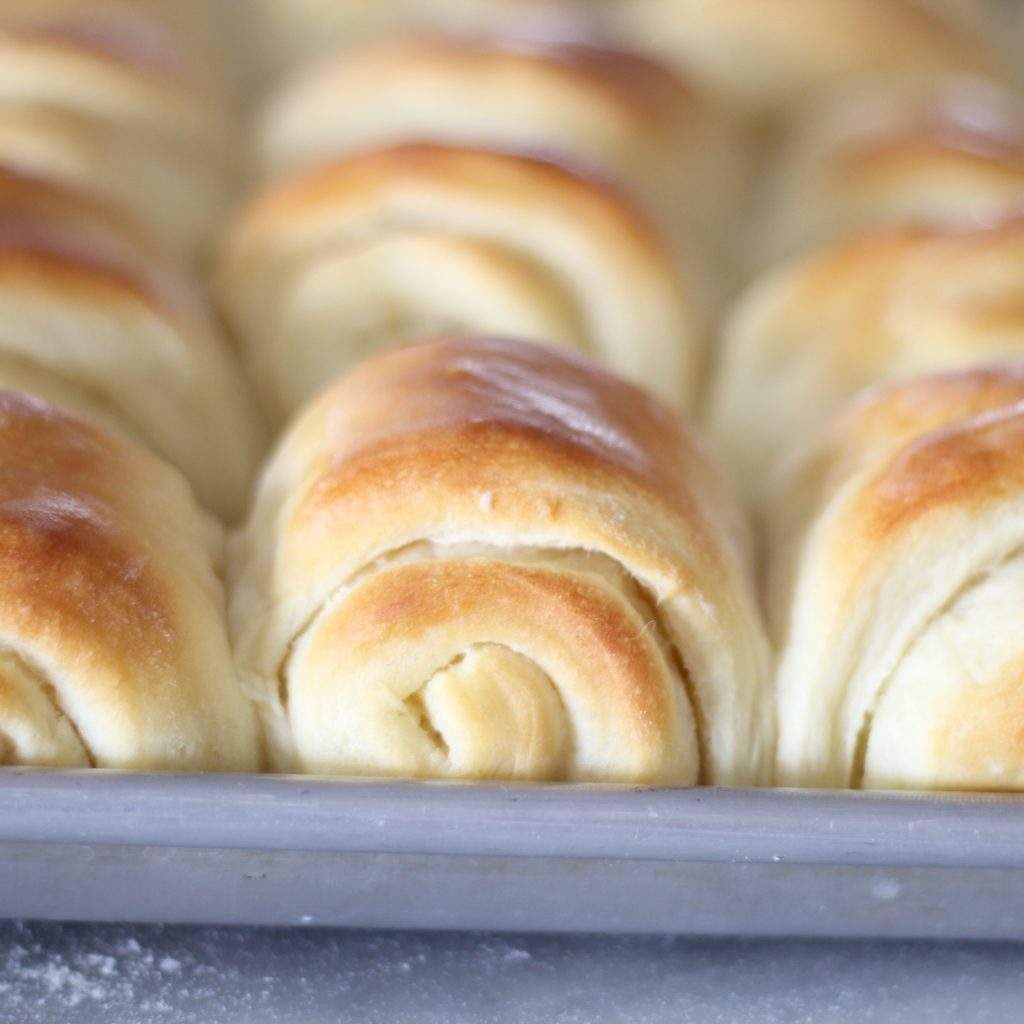
Roll Tools
- Yeast
- Danish Dough Whisk
- Bench Scraper
- Flour Sack Towels
- Silicone Brush
- Sheet Pans
- Parchment Paper
- Sea Salt
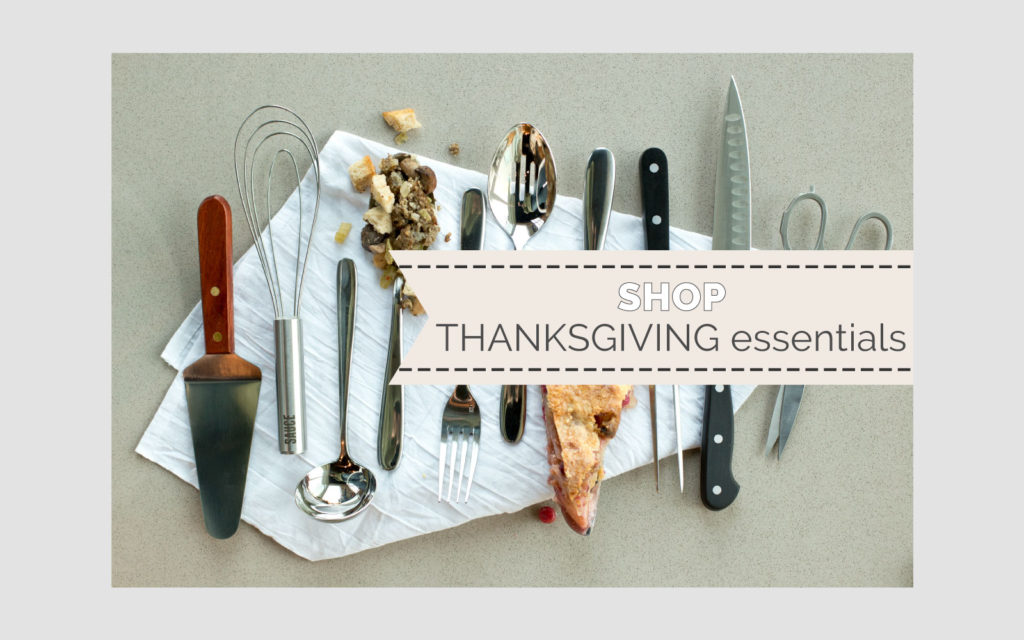
To learn all our Thanksgiving Tips, read our guide to Thanksgiving here.

